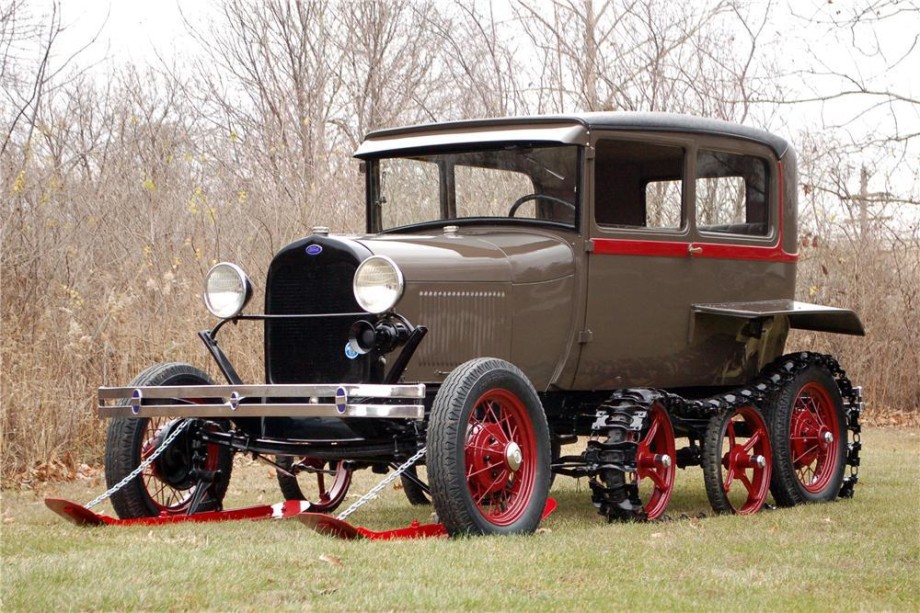News
Snow Bird Model A Fords
The May June Issue of the Model A News (2014) has a great article by Jim Thomas concerning Model A Snowmobiles so I thought it might be nice to show this beautifully restored Model A Snow Bird and we do not know who the owner is??? Please email us the information so we can include the owners name on this page. Most Model A’ers work on their cars in the winter so we can be driving in the summer. With these Model A Owners the opposite is true, they work on them in the summer so they can be driving in the winter!
